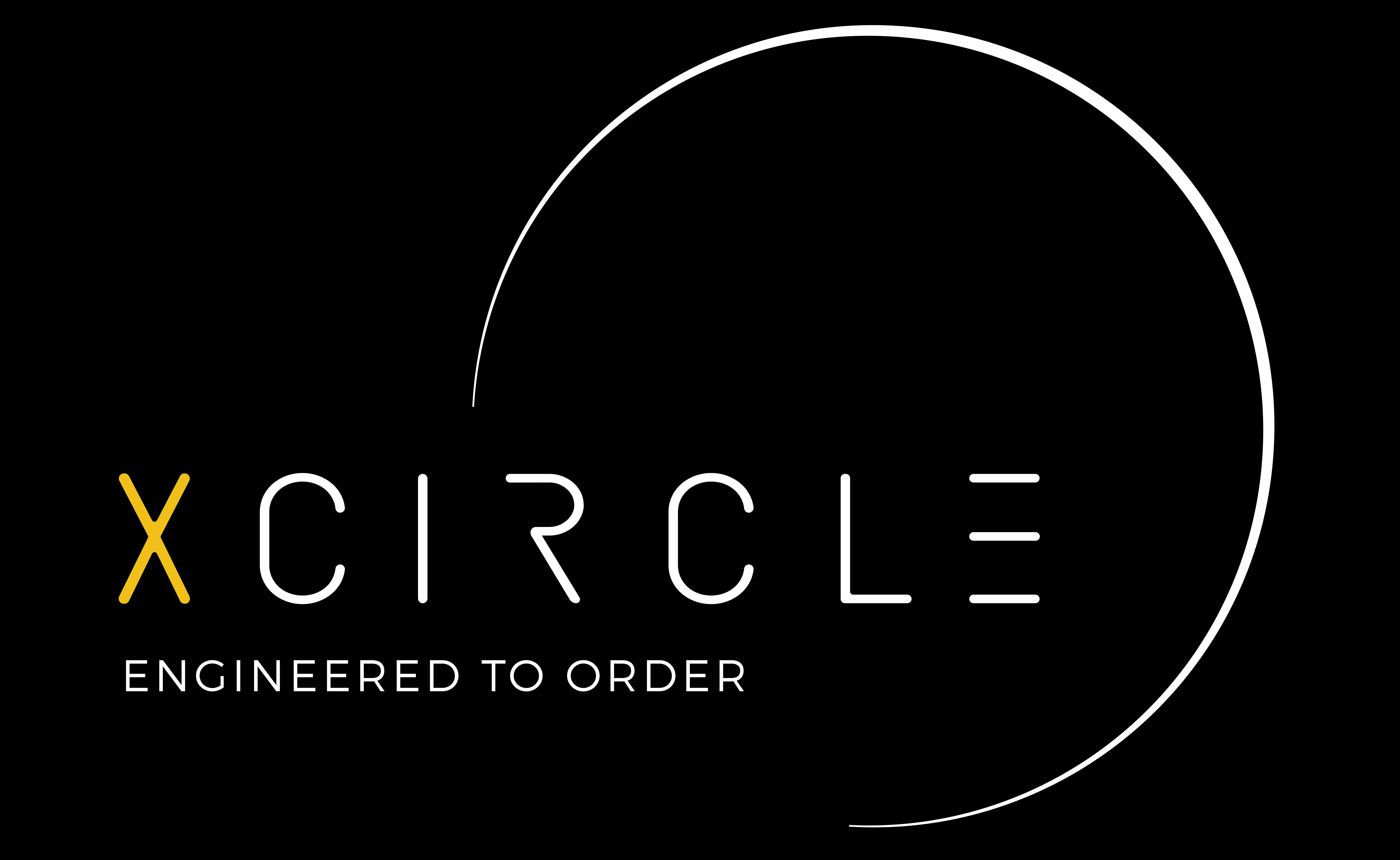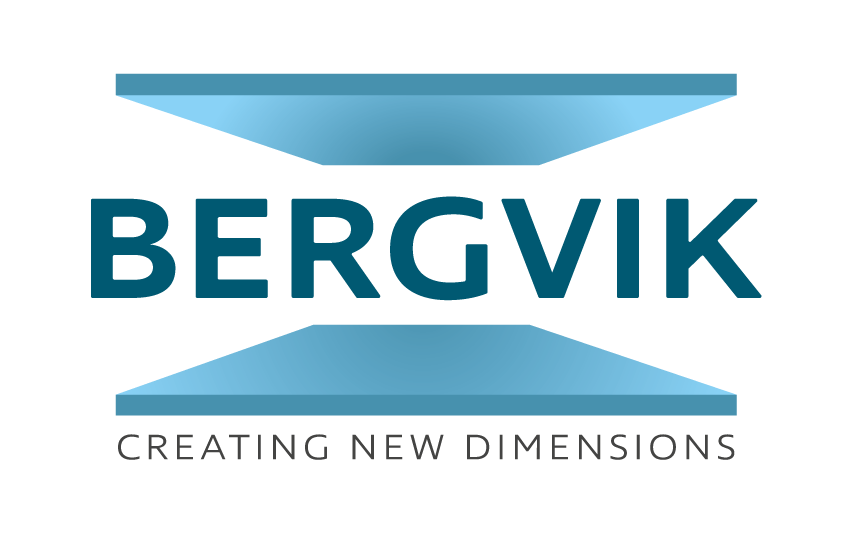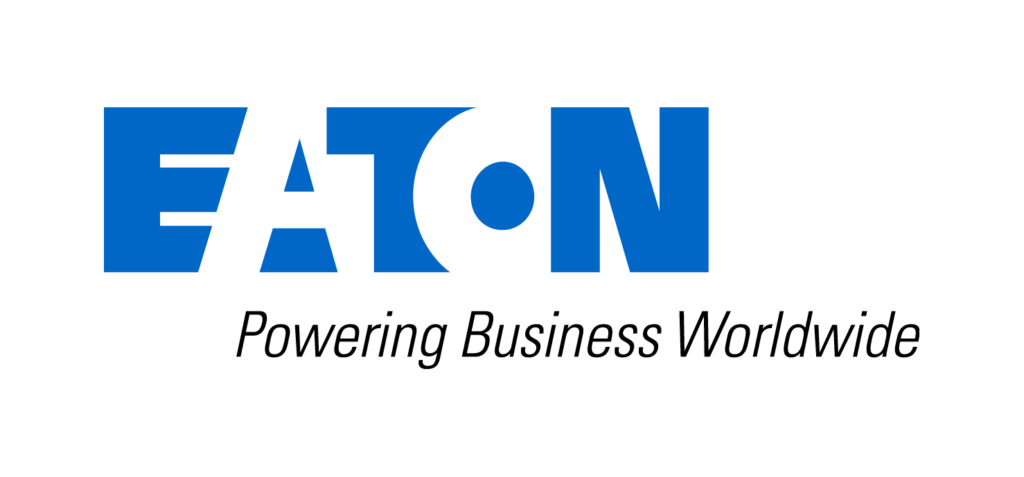Data centres are the industrial world’s powerhouses. The demand for information and power is growing as technology advancements continue to affect how businesses operate. Many companies can’t handle this substantial increase in resources internally or with the current organizational infrastructure. The increased demand necessitates a large number of hours and staff.
Data centres allow these companies to outsource their power requirements. This article will highlight all you need to know about onsite data storage centres and their advantages.
What are Onsite Data Centers?
Onsite data centres, also referred to as enterprise data centres are data storage spaces located on a company’s or campus’s premises. These can be customized or expanded to meet a company’s demands, and they’re simple to maintain and troubleshoot.
Onsite data centres boost a company’s performance since devices are stored onsite. This protects customer information and enables the business owning it to handle it. Large corporations are likely to have many data centres in various locations. This allows companies to safeguard their data against natural and artificial calamities such as terrorist threats, floods, and storms.
An Onsite Server Room
A server room is a room dedicated to the storage of servers on a premise. The notion that you own the server capability provides all of the advantages of maintaining it. Alone, you are accountable, and you will get all the benefits of having complete control. You can even reach out and touch the server by walking down the corridor or exiting the elevator. You are the only manager of your facility, and as your company expands, you can change your system on your own time to meet all of your changing demands, including expansion.
This adaptability comes in handy if your system is complicated, complex, or has various uses. You may also control the level of security. This makes it possible for you to manage your equipment in ways that you wouldn’t be able to if you moved it somewhere else. Furthermore, with the rise in cyberattacks, you no longer need to rely on others to safeguard your network.
The drawbacks of maintaining a server room extend far beyond the heavy workloads involved. You might want your IT department to concentrate on activities directly related to your company. It does, however, spread out the time it takes to keep the server stack and infrastructure healthy. The backup might be less reliable if the data is kept in a physical location. You may lose everything in the event of a breach, fire, flooding, or other misfortune.
Benefits of Data Centers
Businesses run servers in their data centres for various reasons. One of the most important reasons is that it provides them complete control. Offsite data centres are less expensive to rent or lease, but the perks of an onsite data storage centre may outweigh the increased expenditures in the long term. Depending on the severity of an organization, data management might handle both security and regulatory challenges. So, if your company’s servers are currently located in a remote location, think about moving them today.
Here are some other significant benefits of data centres.
1. Quicker Connections
When it comes to connectivity, a data centre connects your business to the rest of the world in a comprehensive, quick, and secure manner. Many firms with onsite server rooms may not have access to onsite Internet connections that are fast, fluid, and reliable. This includes a specialized crew to monitor traffic flow and ensure that the data centre is constantly operational.
Supplying 100 Mbps of bandwidth to an office location to develop a redundant solution that continuously duplicates your data is frequently economically unfeasible. However, businesses can leverage faster networking and robust connectivity with data centres at a relatively affordable price. These businesses can typically get better service at a lower cost. Firms frequently have large volumes of data to store, and thanks to data centres, they are flexible to do so securely and swiftly and keep duplicate records for further protection.
The hidden costs of maintaining your facilities to optimal levels can be surprising. They range from the necessary periodic replacement of uninterruptible power (UPS) batteries to UPS system maintenance to testing, cooling, chiller solutions, generators, and fire suppression systems. Indeed, financial institutions benefit instantly from high-level security as part of a conventional data centre solution, thanks to ISO 27001 approved processes, onsite security personnel, and equipment. Standards like ISO 27001 are essential for financial businesses to demonstrate that they have comprehensive cybersecurity management systems to secure their clients’ personal information.
2. Security
Outsourcing data control reduces the impact of a power loss or disaster. Because onsite servers are more susceptible to broadband issues, technological and spontaneous power outages can cause turmoil for a company that generates its power. When the power goes off for even a split second, events can cause IT systems to be unavailable for anything from 15 minutes to several hours. Data loss is unrecoverable when such onsite power outages occur. Data centres are also more secure than traditional storage methods. Data creates more issues and puts people in harm’s way. Minor components in today’s storage devices, servers, and network devices malfunction under situations that obsolete technology could easily handle.
3. Controllable
The facilities built to host servers are currently fully operational. You can make changes to your system as required without travelling to a remote site for hardware and software upgrades or repairs or relying on third-party providers. If your system is enormous and sophisticated or runs a wide variety of specialized applications, versatile characteristics enable customization, which can be quite valuable. You can respond to shifting business or market demands with versatility.
4. Flexibility
Surprisingly, many businesses believe they lack the necessary room for onset data centres of any size. However, all they need is one area to store racks and have convenient access to them. The minimum required distance between a wall and the front or back of a rack is approximately 24 inches. Upgraded equipment adds to the overall look of your setup. With new servers, you can manage more clients. This leads to more streamlined operations and the utilizing more rack space. Furthermore, on-premises data centres are typically built vertically, which helps to save space.
5. Cost-Effectiveness
While the costs of onsite server infrastructure and upkeep are frequently regarded as significant, the initial costs of shifting to an offsite data centre could also be relatively high. These two components can be pretty costly, especially if they are co-located in a data centre that provides hardware and software. Having your data centre indoors could save you lots of money in the long term. The cost of a soft wall enclosure is significantly less than the upfront costs of an offsite data centre. This can hold any number of racks and provide sound and temperature control in a small space or corner of your office. It is frequently a one-time purchase. The capability to resize and customize as needed in response to growth adds value and flexibility at a low cost.
Disadvantages of Data Centers
Some common drawbacks of data centres include the following:
- You’ll need to buy server hardware as well as networking devices.
- Storing all or most of your data in one place makes it easily accessible for people you don’t want to access, both online and physically.
- You’ll need to hire people to set up, customize, manage, maintain, and protect everything.
- It could be expensive to maintain.
Summary
In conclusion, a data centre is a facility where a company can gather its infrastructure and resources for data processing, storage, and communications. It consists of several components, including servers, routers, security systems, and switches, among others. Furthermore, data centres provide numerous advantages to businesses. It’s now up to you to decide what’s best for your company. If you’re still uncertain, you could check out Xcircle and learn more.








